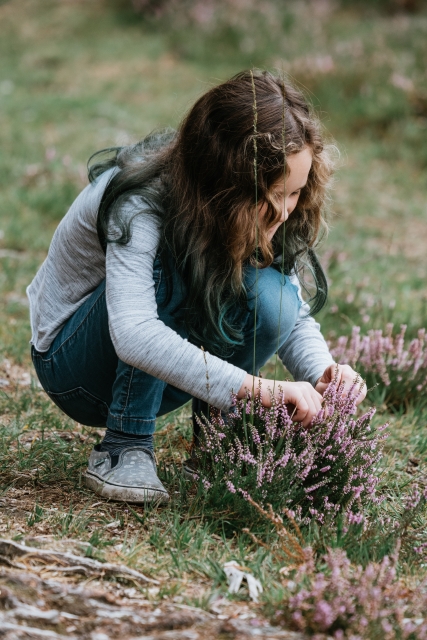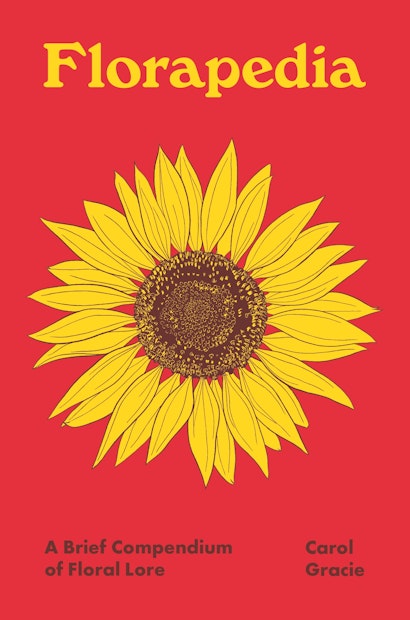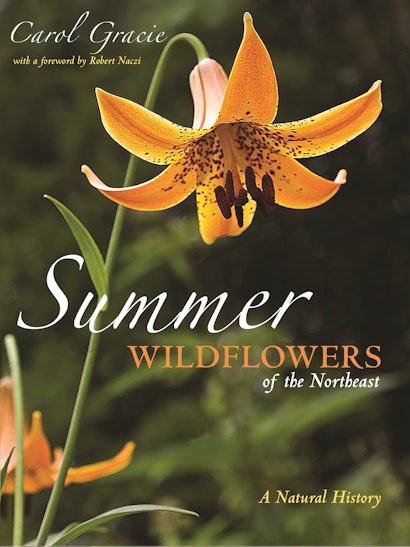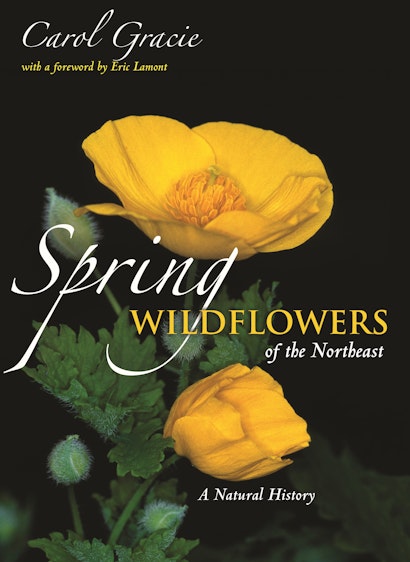As someone who derives a great deal of pleasure from growing and studying flowers, I would like to suggest that everyone get involved with planting flowers this spring, whether indoors or out, at home or as part of a community beautification program. Today, National Plant a Flower Day (March 12, 2021), might not be an appropriate time to plant seeds or young plants outdoors in many parts of our country, but some seeds may be started indoors and then transplanted outdoors when the weather warms. Planting anything—from trees, to vegetables, to flowers—yields multiple rewards for the grower. The excitement of watching a seedling emerge from the ground and then caring for the developing plant through maturity can generate a sense of accomplishment and satisfaction for the caretaker.
Why plant flowers? Of course, they add beauty to gardens and landscapes, but flowers did not evolve merely to satisfy our thirst for beauty. Their usually colorful corollas are an attractive lure for other creatures—from insects, to birds, to bats, and a few other mammals. Flowers are an integral component of the habitat in which they live. They provide sustenance for their animal visitors in the form of pollen or nectar, and this activity often results in pollination. The resultant fruits that develop from the ovaries of the flowers serve as a source of food for many other animals, including ourselves. Without plants as the basis of our food chain, life would not exist for it is only plants that can actually manufacture their own “food” through the process of photosynthesis—the taking in of carbon dioxide from the air through small pores (stomates) in their leaves and water through their roots in the presence of sunlight, which provides the catalyst for these two components to chemically combine into carbohydrate (oxygen is given off through the stomates as a byproduct).
By planting flowers, not only will you beautify your surroundings, but the plants can provide a springboard for many other projects. By observing your plant on a regular basis and taking notes on any changes or interesting interactions with insects or other visitors, you can learn how your plant fits into its environment—and perhaps even note something previously unknown about the plant species. What insects visit the plant? What are they doing—drinking nectar, collecting pollen, eating the leaves or other plant parts, laying eggs? Children can participate in this activity as well, possibly stimulating a lifelong love of nature and curiosity about the natural world. Children can plant and water the seeds, measure and graph the growth of the plant, note the appearance and number of leaves as well as the first and subsequent flowers, and ultimately the production of fruits and seeds. Perhaps the seeds might be saved for planting in next year’s garden.
Flowers can also serve as inspiration for artistic projects, whether as the subject of drawings or paintings, as the basis for floral arrangements, or used directly in craft projects, either pressed and glued onto a background in an artistic manner (you might want to start your own herbarium of pressed plants for future reference), or if grown in large enough quantities, the flowers or other plant parts may be used as a source of natural plant dyes for coloring yarn or fabric. Photography projects may include capturing the plant and its flowers at all stages, from germination to decline, or documenting the visitors to the plant. Solar prints are another easy and inexpensive way of showing plants in an artistic way. Such prints may be made using an inexpensive kit of light sensitive paper and water. Additionally, carefully placing the flowers or small plants on a flatbed scanner can result in some striking images.
I hope that these ideas will open your mind to the potential learning experiences that can result just from planting a seed.
Carol Gracie is a naturalist, photographer, writer, and lecturer who has a special interest in plants and insects. She is the author of Spring Wildflowers of the Northeast: A Natural History (Princeton) and a coauthor of Wildflowers in the Field and Forest: A Field Guide to the Northeastern United States. She has also coauthored books on plants of tropical South America. Now retired, she worked for many years as an educator, research assistant, and tour leader at the New York Botanical Garden. Her work on tropical plant collecting expeditions has resulted in several new species being named for her.



